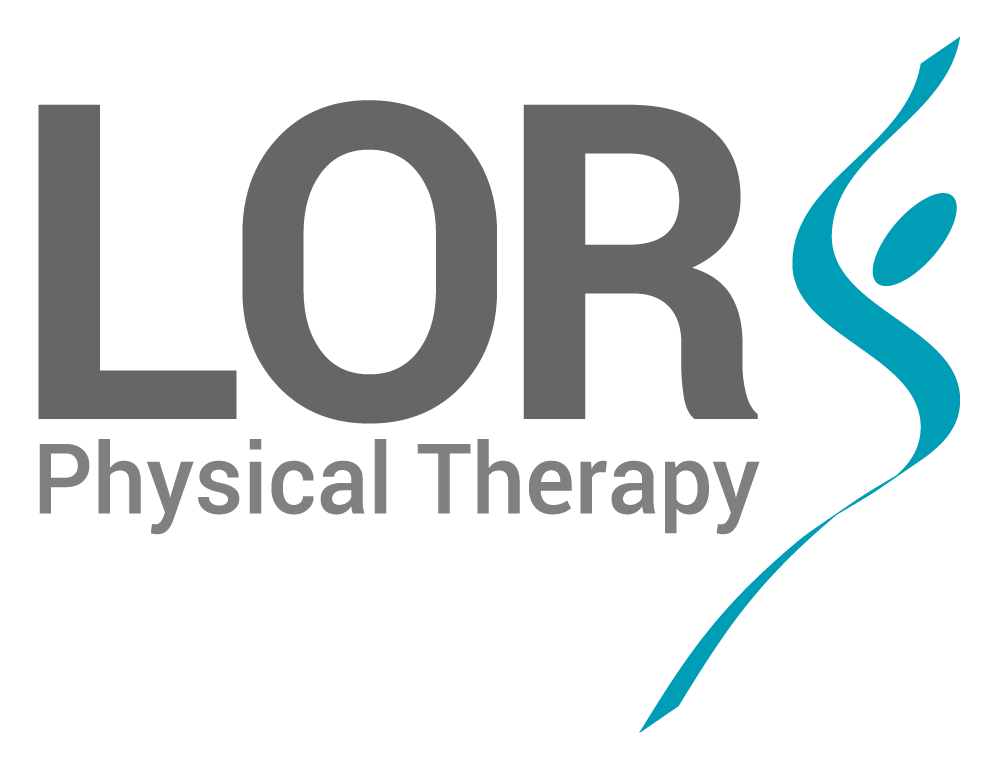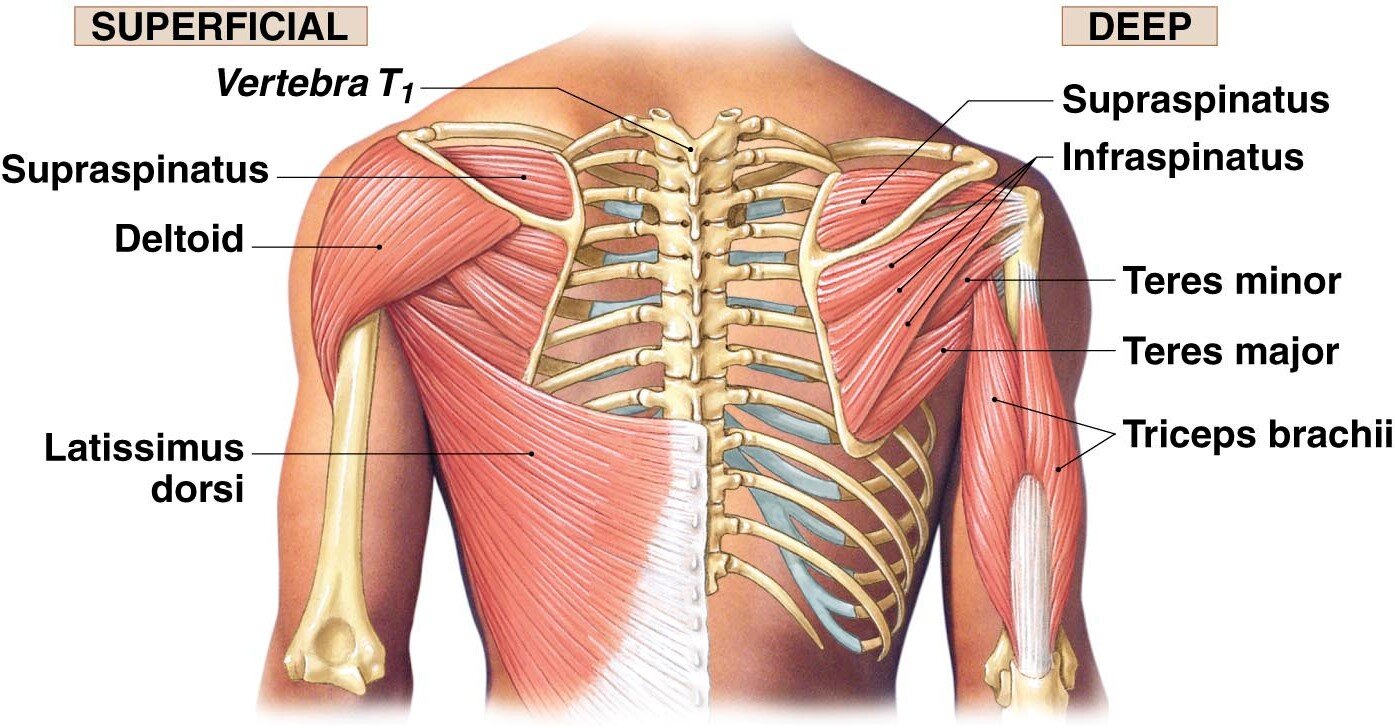3 Uniquely Powerful Exercises to Address the Root Cause of Your Shoulder Pain
Shoulder pain is one of the most common complaints we see here at LOR Physical Therapy.
Naturally, this volume represents a variety of different shoulder complaints and unique personal circumstances, however, there are similar themes to be found.
When looking to understand the nature, cause and any potential fix for your shoulder pain, it’s important to understand these similar themes.
In this article, we hope to shed some light on subtle areas of dysfunction that may set your shoulder up to be sore and three uniquely powerful exercises to combat them.
Common Shoulder Pain Themes
The key to understanding the onset of any non-traumatic ache, pain or injury is to take a step back and consider one simple thing:
Its onset is likely the last straw NOT the start of something new.
This may sound strange considering many have no noticeable symptoms before getting sore, but the signs are often there if you or your Physical Therapist know where to look.
And regardless of how your non-traumatic shoulder pain began, it’s likely there are some tangible - albeit covert reasons for it to fail when it did.
So let’s look at three areas that may be compromising the normal health and function of your shoulder and what you can do about it.
A Stiff Upper Back
We’ve covered this in detail before, but the shortened version still makes for interesting reading.
When dealing with shoulder pain it’s easy to forget the shoulder is more than just a ball and socket joint. It’s also heavily influenced by the state of your upper back, because… well, it’s literally the foundation your shoulder and shoulder blade sits atop.
Any stiffness in your upper back and rib cage can act as a huge roadblock to normal shoulder movement. Instead of allowing smooth shoulder movement, upper back stiffness forces the shoulder to workaround any restriction, compromising the health of everything else.
Interestingly, upper back stiffness is often a consequence of sitting poorly - for a long time. We know good posture requires us to be up tall with our shoulders comfortably back. But the moment we let go, sink down through the spine and let the shoulders drop, we increase the demands on the upper back thanks to the constant pull of gravity.
As a result, we unknowingly ask this tissue to stiffen and tighten over time to cope. This chain-reaction of events can lead to a number of shoulder-related complaints like AC joint injury, shoulder subluxations and dislocations, rotator cuff injury, tendinitis, and bursitis. All because the body now has to cope with unwanted stiffness and tightness.
Stiff Posterior Shoulder Capsule
Interestingly, another consequence of less than perfect shoulder postures is stiffness in the back of the shoulder capsule.
For those unaware, the shoulder capsule is a tough soft-tissue the encapsulates the ball and socket joint. As we lose good shoulder postures and shapes we increase the resting tension through the back of the shoulder capsule thanks to gravity’s pull on the arm. As with many issues, the body copes over time and the capsule stiffens in response.
This deep shoulder stiffness can compromise both the mobility and overall function of the broader shoulder complex, again leaving the door open for issues like arthritis, impingement, bursitis and frozen shoulder, etc.
Tight Posterior Shoulder Muscles
Similar to a stiff posterior shoulder capsule, the muscles at the back of the shoulder can also tighten in response to poor positioning over time.
Muscles like the posterior deltoid, triceps, rotator cuff and the latissimus dorsi all occupy space at the back of the shoulder. Each can tighten over time if trying to support the weight of the arm against gravity while in a poor shoulder posture.
The effect of this can limit the amount of available internal rotation at the shoulder - a movement vital for healthy shoulder function. The following shoulder issues have links to reduced internal rotation:
Labral tears
Rotator cuff tear
Shoulder Impingement
Biceps tears
Bursitis
Shoulder Tendinitis
So What Can Be Done About It
The important thing to note with these three areas of potential dysfunction is that each is highly unlikely to be symptomatic. That is unless you go looking for them of course. They probably won’t be the source of your actual shoulder pain, but their presence will define it.
Treating your obvious symptoms is still very important, as is addressing any weakness and poor movement habits. However, if we cannot get to the underlying cause of your symptoms we may never fully rid you of those symptoms, or prevent them from returning at a later date.
3 Unique Exercises to Address These Issues
We thought we’d try something a little different with this post. We’ve designed a neat little PDF with three really important exercises to address your upper back stiffness, shoulder capsule tightness, and tightness at the back of the shoulder. Each is very simple. but ultimately hugely effective at improving the range of motion in these areas.
So if you’d like to see 3 simple ways to improve your shoulder pain, please leave us your name and email below and we’ll send them through!
If you are struggling with a shoulder complaint and would like one of our experienced Physical Therapists to help you with, please don’t hesitate to call us for an appointment.
Alternatively, why not sign up for our free Shoulder Pain workshops here at the clinic. Register your interest below!



